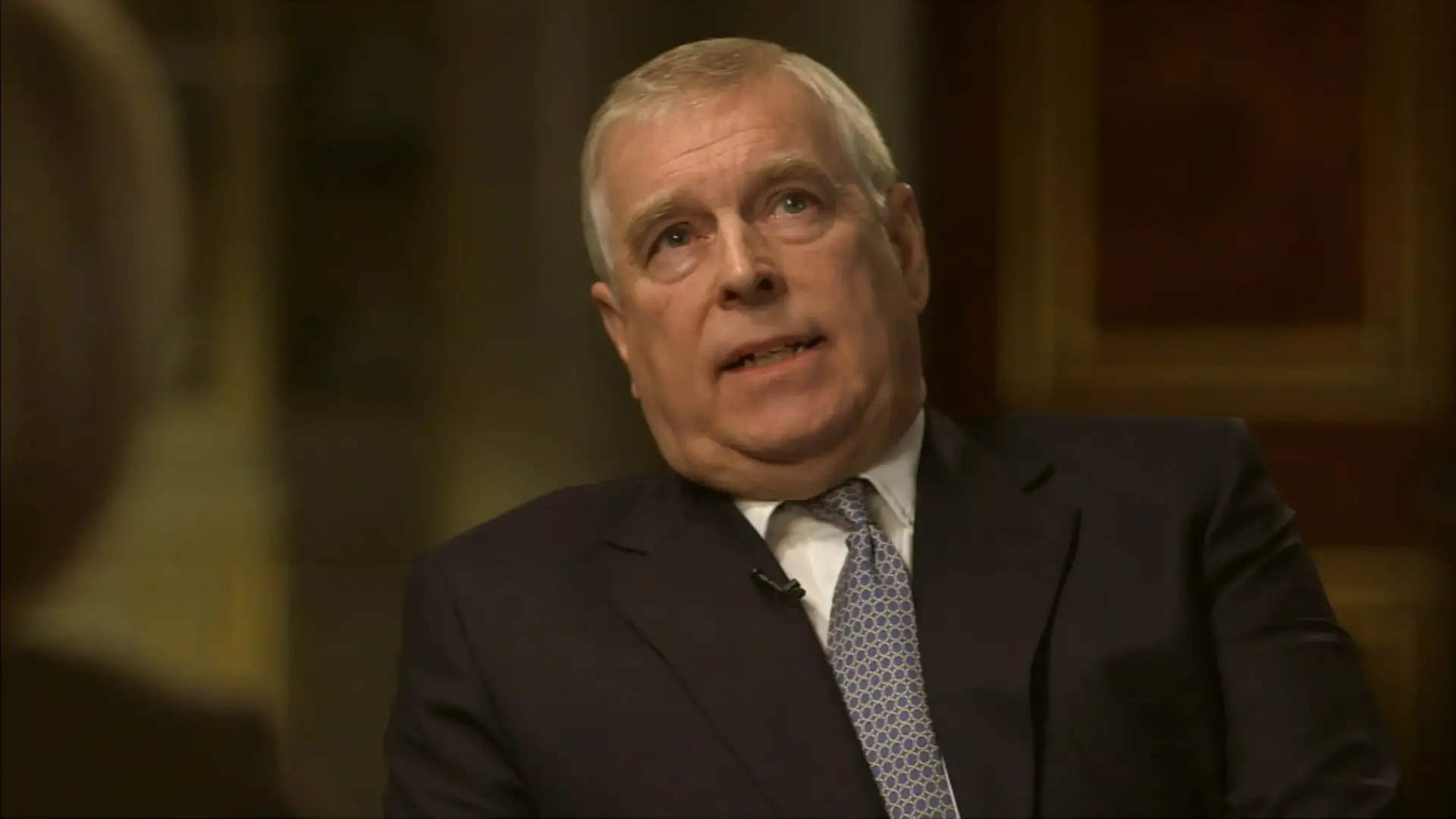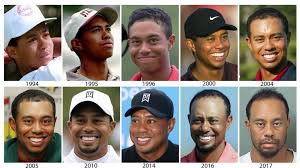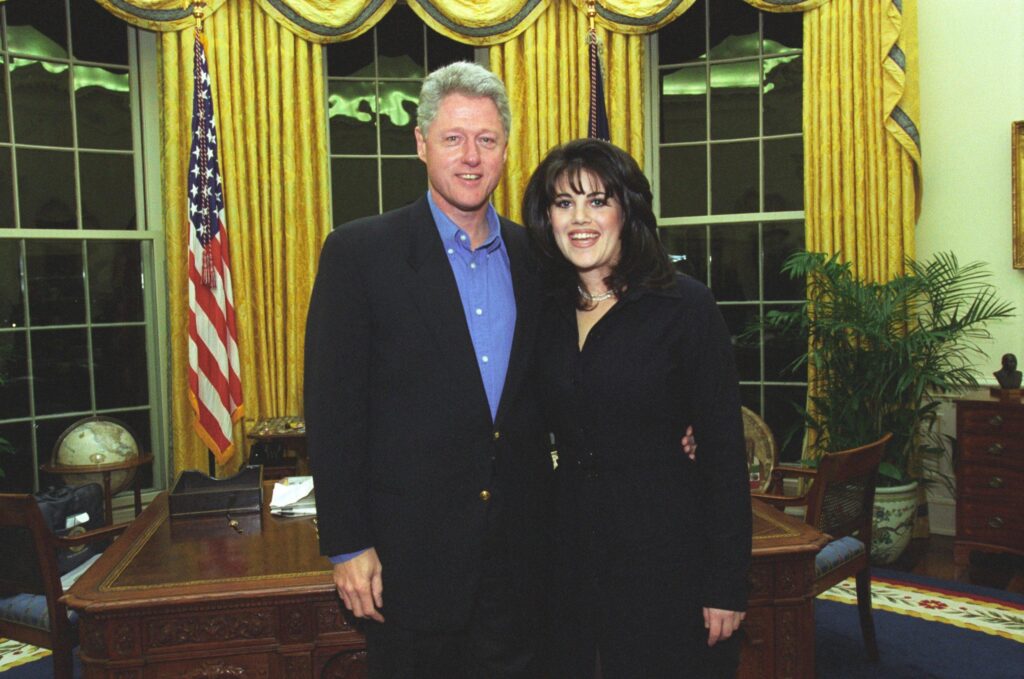In an era where fame is a commodity and attention spans are shorter than TikTok loops, personal branding isn’t just a strategy—it’s a survival mechanism. One public misstep can crumble decades of image-building. But occasionally, amid the chaos, a masterclass in brand recovery emerges.
Enter: Will Smith.

From Fresh Prince to Oscar winner, from box office hero to brand ambassador of family-friendly charisma, Smith’s public persona was once so squeaky clean it practically had a halo. That was, of course, until the 2022 Oscars. You remember it. The slap heard around the world… AKA Slapgate.
In an instant, the man once dubbed “Mr. July” for his unbeatable summer blockbusters became the face of controversy, division, and meme culture. But what’s fascinating—and instructive—for brand strategists is not the fall itself, but the comeback. Because just over three years later, Will Smith is inching his way back into the cultural conversation.
And he’s doing it strategically.
“This is the story all about how” Will Smith’s fall from grace became a case study in brand evolution, not collapse.
Act I: The Implosion – What Happens When a Brand Betrays Its Promise
A strong brand is built on trust, consistency, and emotional resonance. Will Smith’s was ironclad: charismatic, funny, safe, family-first. So, when he slapped comedian Chris Rock across the face on live television in front of millions, the cognitive dissonance was jarring.
This wasn’t Kanye-level unpredictability. This was America’s nice guy breaking the social contract. From a brand perspective, this was a betrayal. Smith had breached his brand promise. And audiences don’t forget that easily.
According to a Morning Consult poll conducted days after the Oscars, 52% of Americans had a less favourable view of Will Smith post-incident. Even more telling: 66% disapproved of his actions, regardless of the context. Brand trust? It was severely damaged.
And yet—brands like Will Smith don’t die overnight. They evolve, especially when they’re backed by three decades of goodwill, talent, and a knack for reinvention.
Act II: The Strategic Silence – When Saying Nothing Says Everything
One of the most common mistakes celebrities and public figures make during a crisis is over-explaining—desperately trying to control the narrative through excessive detail, rehearsed lines, or ill-advised interviews.

Case in point: Prince Andrew’s now-infamous 2019 BBC Newsnight interview. In an attempt to clear his name amid allegations related to Jeffrey Epstein, he offered bizarre justifications (including the now-mocked claim that he couldn’t sweat) and appeared lacking any empathy, disturbingly. Rather than repairing his image, the interview deepened public distrust and ultimately ended his royal duties. That’s the risk of saying too much, too soon, with too little self-awareness.
Will Smith didn’t make that mistake. After an initial timely Instagram apology, he stepped back from the spotlight for several months. There were no feverish interviews. No press tour to reframe the slap. Just silence. And, in branding, sometimes silence isn’t weakness—it’s strategy. Smith’s silence was awkward. It was uncomfortable. But it was also smart.

Why? Because in branding, timing is everything.
When a scandal is raw, the public isn’t ready for resolution—they want space. Smith’s absence allowed emotions to cool and shifted the media’s hyper-focus elsewhere (thank you, Elon Musk). In the months following the Oscars, Musk dominated headlines with everything from his chaotic Twitter takeover to erratic business decisions and polarising political commentary. He became the new spectacle—drawing the spotlight away from Smith and giving the public time to recalibrate. Sometimes, the best brand recovery strategy is to quietly step aside and let someone else become the bigger story.
It was months later Will Smith released a more in-depth video on YouTube. In it, he addressed Chris Rock directly:

“There is no part of me that thinks that was the right way to behave in that moment.”
It was far from perfect-in both form and content- and it felt heavily produced and slightly scripted, but it was enough to humanise him—and in personal branding, humanity beats polish.
Act III: The Brand Reset – Returning to the Roots, Rewriting the Narrative
If silence was the pause, art is the play.

Smith’s boldest move in 2025? A return to his roots with “Based on a True Story”—his first album in two decades. Rather than sidestepping controversy, the project leans directly into it, exploring themes of vulnerability, redemption, and life under the public microscope. The lead single, “You Can Make It”, features rising artist Fridayy and the emotionally resonant harmonies of the Sunday Service Choir. The result is a powerful blend of gospel soul and motivational messaging—part confession, part comeback anthem.
This isn’t just music. It’s message, and more importantly, it’s branding. Smith is returning to his origins—music—as a way to tell a new story- not the “flawless family man” narrative of the past, but a bruised, self-reflective artist trying to make sense of his own downfall.

It’s not unlike Taylor Swift’s Reputation era—a defiant pivot post-cancellation, delivered through creative output that reframed her image, and it’s already working. Media coverage of the album has been cautiously optimistic. Fans are curious and headlines are shifting. What he’s doing isn’t just reputation management—it’s brand repositioning.
The Comeback Formula: A Masterclass in Brand Recovery
Will Smith’s playbook aligns with some of the most successful rebrands in celebrity history. Let’s break down the key principles:
1. Own the Narrative—but Only When You’re Ready
You can’t control what happened. You can control the story that follows. Smith’s delayed apology video allowed him to speak when the public was ready to listen.
Brand Insight: In a crisis, timing isn’t about urgency. It’s about relevance. Choose your moment wisely.
2. Lean into Vulnerability
No one believed “it never happened,” so Smith didn’t try to erase it. He embraced imperfection—a vital pivot. Today’s audiences don’t want flawless brands; they want relatable ones.
Martha Stewart nailed this post-prison, when she swapped perfectionism for self-aware humour and partnered with Snoop Dogg to reinvent herself as the queen of ‘cool grandma’ chic.
Brand Insight: Vulnerability doesn’t weaken your brand; it deepens it.
3. Go Back to What Made You Loved—But Evolve It
Smith’s return to music taps into nostalgia while offering something new: insight, depth and maturity. It’s a strategic blend of old-school credibility and present-day relevance.
Brand Insight: Searches for “Will Smith music comeback” spiked by over 400% after the album teaser dropped (Google Trends, Jan 2025).
4. Be Selective with Visibility
Will Smith hasn’t flooded the media. He’s made rare, calculated appearances. There’s been no Netflix tell-all’s, and no Oprah sofa sobbing. He’s strategically given just enough to show growth—without overexposure.
Brand Insight: Scarcity creates value. Make your audience want your return.
Redemption Rebrands That Got It Right:
Robert Downey Jr.

From courtrooms to Iron Man in under a decade. Downey didn’t just recover—he built a brand on redemption.
Lesson: Leverage your narrative. Don’t hide it.
Tiger Woods

Multiple affairs, public disgrace, and career-ending injuries didn’t stop him from making one of the greatest sporting comebacks in history by winning the 2019 Masters.
“I had serious doubts after what transpired a few years ago. I couldn’t do it without the people around me.” – Tiger Woods
Lesson: Authenticity + patience + performance = redemption.
David Beckham

Beckham turned scandal (remember that red card at the 1998 World Cup?) into style royalty and brand mogul. Additionally, in 2004, David Beckham was embroiled in scandal after his personal assistant, Rebecca Loos, alleged they had an affair — a revelation that dominated headlines but ultimately did little long-term damage to his brand, which rebounded through silence, strategic endorsements, and a carefully maintained image of family unity. He let time, good PR, and smart partnerships do the work.
Brand Lesson: Play the Long Game — Let Reputation Rebuild Through Strategy, Not Spin
Grace for Him, Grief for Her? The Unequal Rules of Brand Repositioning and
Redemption
As we examine the ‘poster boy’ redemption blueprint behind Will Smith’s carefully orchestrated comeback, a deeper question lingers beneath the surface: would the public be as forgiving if he were a woman?
Time and again, we’ve seen how the culture of redemption plays out very differently depending on gender. Men in the public eye are often granted space to fall, reflect, and rebuild — their missteps reframed as “teachable moments” or fleeting lapses in judgement. Women, by contrast, face lasting consequences. Their mistakes don’t just dent their image — they become their image.
Will Smith’s rebrand has followed the classic redemption arc: an initial public apology, a strategic retreat from the spotlight, a carefully timed return through a vulnerable video, and now a comeback album steeped in emotion and reflection. It’s been crafted, considered, and ultimately well-received. But this same formula rarely works — or is even available — to women in the spotlight.
Take Janet Jackson. Her 2004 Super Bowl incident with Justin Timberlake saw her vilified for years while he walked away virtually untouched. Despite the incident being sparked by Timberlake’s actions, it was Jackson’s brand that suffered a catastrophic blow. Her career momentum was halted, her image scrutinised, her character questioned — a stark reminder that the female brand is always more fragile.

Timberlake’s image recovered swiftly; Jackson’s did not.
Or consider Britney Spears. The public consumed her breakdown as entertainment, not trauma. Every misstep was commodified and dissected, feeding a narrative of instability that took years — and a global #FreeBritney movement — to begin rewriting.

Meanwhile, male celebrities like Charlie Sheen, who publicly spiralled in far more destructive ways, were branded as rebellious, not broken. His downfall was absorbed into his persona. Britney’s became her entire identity.
These patterns reveal a persistent gendered double standard in how we consume and forgive public figures.

Then there’s Monica Lewinsky, who was thrust into infamy at 22 for her relationship with President Bill Clinton. Despite the glaring power imbalance, it was Lewinsky’s name — not Clinton’s — that became synonymous with scandal. He kept his career, his influence, and his legacy intact. She lost her privacy, her credibility, and for decades, any chance at a public-facing personal brand.

Similarly, Rebecca Loos, who claimed to have had an affair with David Beckham, was quickly branded as an opportunist. Beckham — a global icon, husband, and father — retained his polished public image. Loos, a single woman, was cast as the villain in a story the public wanted to forget. Her brand was flattened. His barely took a dent.
These aren’t isolated incidents — they’re brand case studies in cultural bias.
In the world of personal branding, men are given room to be complex, contradictory, and redeemable. Their public personas can flex and fracture without permanently breaking. Audiences tend to separate the man from the moment — and often allow the brand to recover or evolve.
Women, however, are often afforded no such elasticity. A single mistake can redefine everything. Their brand equity is more brittle, their missteps more deeply etched into public memory. As a result, female public figures must work harder, longer, and more strategically to rebuild — often with far less room for error.
Will Smith’s arc therefore, offers a compelling case study—not just in personal brand recovery, but in how society chooses who gets a second chance, and who gets a lifetime sentence in the court of public opinion. His trajectory sheds light on the mechanics of public redemption — revealing not only how a personal brand can be repaired after a high-profile misstep, but also how cultural bias influences who is granted grace and who is permanently defined by their downfall.
That’s why Will Smith’s arc is more than a comeback — it’s a case study in cultural permission.
His rebrand offers a valuable look at how personal brands can recover from public failure — but it also reveals the privileges embedded in who we allow to bounce back. His trajectory underscores how strategy, timing, tone, and platform can all aid in restoring trust — but only if the public is willing to receive it.
And that’s the truth at the heart of this: redemption isn’t just a matter of apology — it’s a matter of audience approval.
The brands that bounce back are the ones we let back in. So the real question isn’t perhaps whether Will Smith deserves a second chance.
It’s this: Who gets to rebrand — and who gets permanently branded by their worst moment?
So, will the court of public opinion grant him a reprieve—and let his sentence run on good behaviour?
Honestly? Probably. The odds are in his favour.
Brand equity, like financial equity, can buy you time. Smith had a lot stored up—decades of likability, loyalty, and success. His comeback is calculated, emotionally intelligent, and culturally aware.
But here’s the twist: He’s not trying to go back to who he was. He’s building a new brand, one shaped by failure, reflection, and artistry.
It’s not just a comeback. It’s a brand evolution.
Final Takeaway: Messy Brands Are the Most Memorable
At Hera Creative Design, we believe the most powerful brands aren’t perfect—they’re dynamic. They change, they grow, they face the music (sometimes literally) and come back with a new sound.
Will Smith’s rebrand isn’t finished yet, but it’s already offering a compelling blueprint for how to fall, fail, and still find your way back into the hearts—and feeds—of your audience. In a world that thrives on outrage but craves authenticity, the brands that survive aren’t the flawless ones. They’re the honest ones. The slap most definitely made noise. But the Will Smith Rebrand is making meaning.
From Damage Control to Brand Evolution
Will Smith’s story isn’t just about bouncing back — it’s about building forward. In an era where one moment can define a lifetime, he’s proving that scandal doesn’t have to be the final chapter. If handled with self-awareness, humility, and creative clarity, it can become the turning point that redefines the brand entirely.
This isn’t about glossing over a mistake. It’s about transforming it into meaningful momentum. From silence to sound, from slap to substance, Smith is rewriting his narrative not with a PR blitz, but with purpose.
And that’s the real branding lesson: Redemption doesn’t come from perfection — it comes from evolution.
The brands that survive today don’t hide their cracks.
They let the light in.
They use the fallout to rebuild something stronger, sharper, and more human.
Will Smith isn’t restoring his brand. He’s reimagining it.
And if audiences embrace the new version, it won’t be because he tried to make them forget.
It’ll be because he gave them a reason to believe again.



